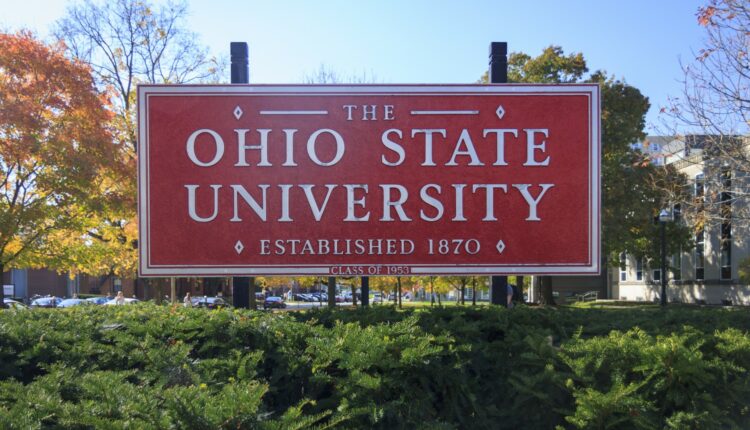Ohio State University: Intel development requires expanded transportation options, planners say
To accommodate the anticipated growth projected to result from Intel’s planned construction of two leading-edge chip factories in Licking County, central Ohio must expand the region’s transportation options, planners said during a July 29 Ohio State University panel discussion.
The virtual event was the third in “The Impacts of Intel” discussion series hosted this summer by Ohio State’s Center for Urban and Regional Analysis (CURA). The two previous sessions explored housing and economic development.
“We’re bringing together panels of experts and action leaders, both on the Ohio State campus, but also people in the community who are addressing the various aspects of the Intel project and what it will mean for the state of Ohio,” said Harvey Miller, CURA’s director.
The July 29 panel featured Andre Carrel, Ohio State assistant professor of transportation with the College of Engineering’s Knowlton School and director of the university’s Travel Behavior Research Group; Lexi Petrella, Mid-Ohio Regional Planning Commission (MORPC) senior mobility planner; and Kimberly Sharp, Central Ohio Transit Authority (COTA) senior director of development.
Congress’ recent passage of the Chips and Science Act, which will invest billions of federal dollars in science and technology innovation, paves the way for the Intel development to forge ahead, Miller said. With the chip factories expected to bring an estimated 3,000 jobs and scores of new residents to the region, central Ohio municipalities and planning organizations must work together to facilitate sustainable growth, panelists said.
MORPC assisted Licking County in applying for a $5 million federal grant to collect data and plan for how the Intel factories will impact local transportation systems and what additional resources are needed, Petrella said.
“We also need to look at our residents, our communities, our other businesses, in addition to Intel,” she said. “My hope is that if we look at alternative and sustainable transportation options, we’re not just focusing on Intel, we’re not just focusing on employees. We’re the Silicon Heartland, not the Silicon Valley, and we need to look at the greater community at large.”
Planning efforts should take into account that simply increasing lanes on existing highways and roads can exacerbate congestion by attracting more traffic, Carrel said. Planners should explore options such as expanding COTA’s CMAX, a rapid transit bus line that runs from Downtown Columbus to Westerville, he said.
“At this point, we’re in the planning stages, so it’s still possible to steer the development in a positive direction with appropriate zoning policies, maybe mandating the addition of bicycle and pedestrian infrastructure,” he said. Planners can design infrastructure “in such a way that it can support transit, preferably high-performance transit such as rapid transit like the COTA CMAX.”
COTA is working with Licking County, New Albany and Columbus to evaluate public transit options and land-use patterns that will result from the Intel development, Sharp said.
“This whole project is really about a good product that the United States very much needs. It’s also about a lot of jobs at varying scales, which, of course, brings the need for more housing, more schools, more medical facilities,” she said. “We can plan on this together, as a community … it [can] all be planned where it’s easy to choose to walk or to bike or take transit because that is how you work toward a more affordable and sustainable, long-term community.”
“The Impacts of Intel” series concluded Aug. 5 with a discussion on water and energy.

